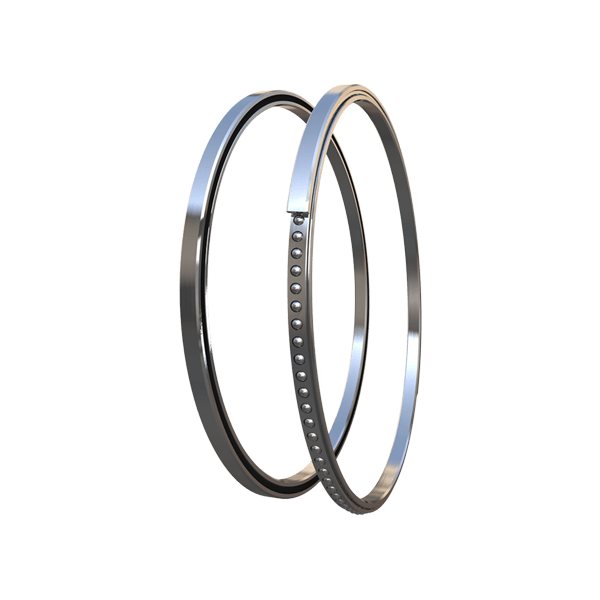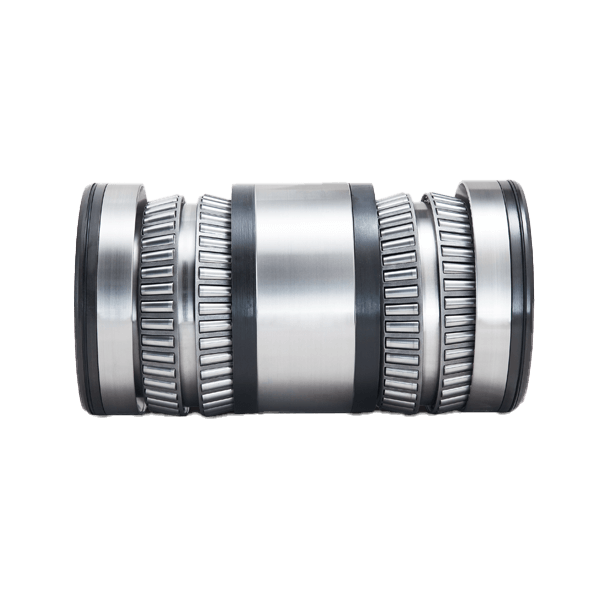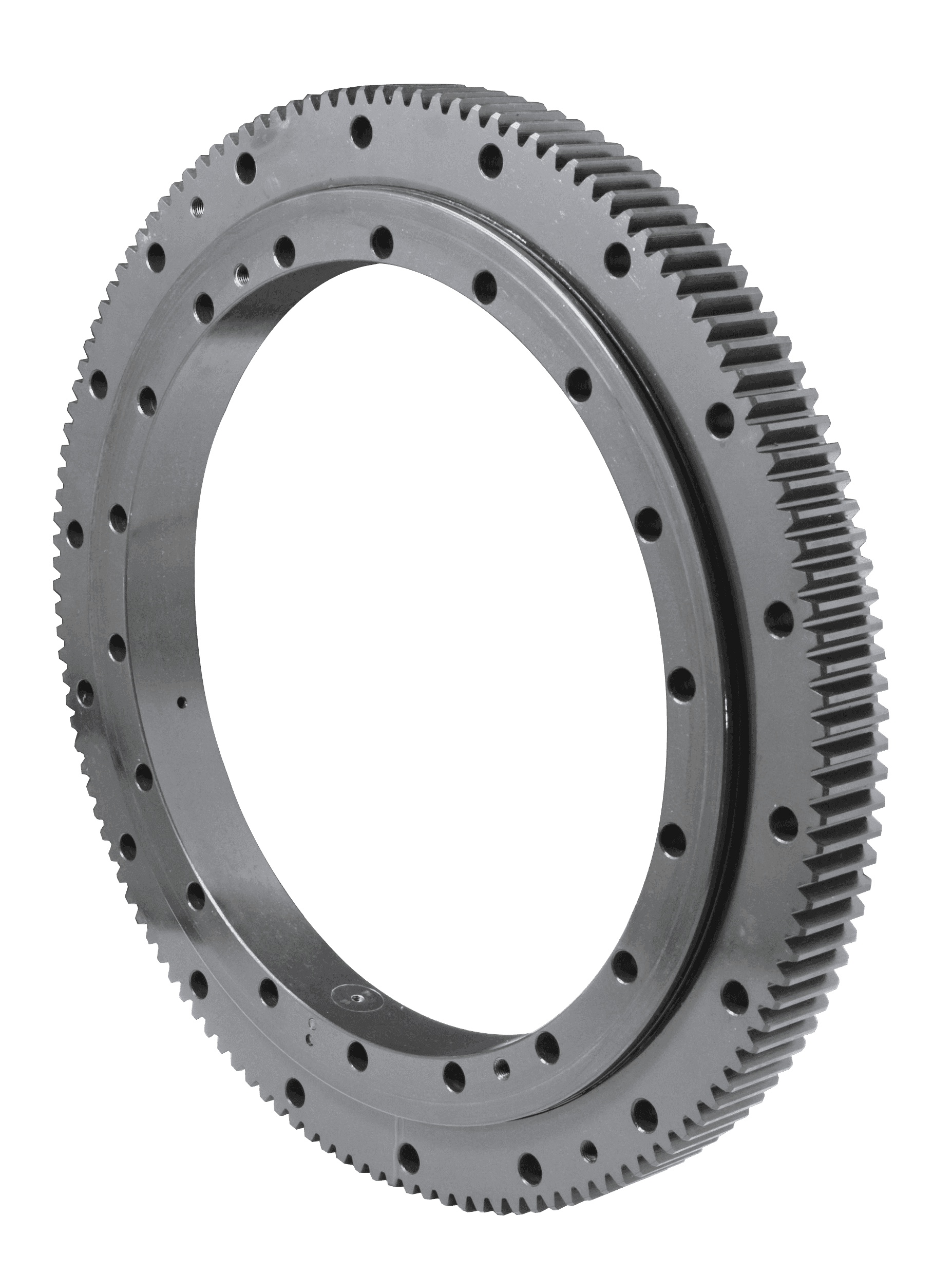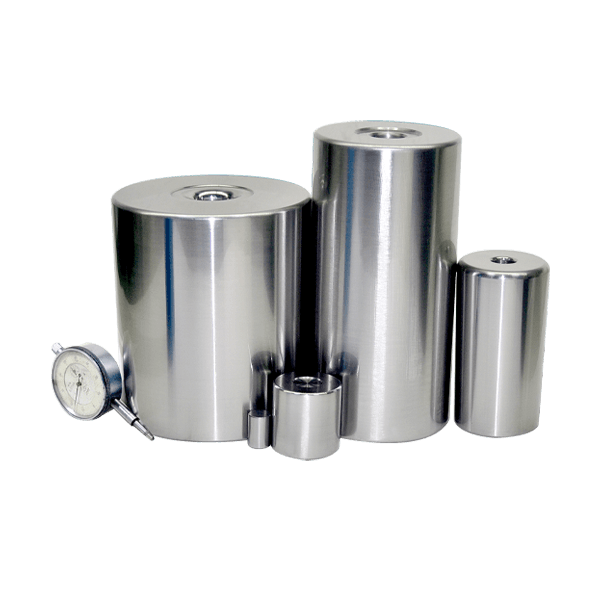Popularize the factors that uniform-section thin-walled bearings are easily damaged
Uniform-section thin-walled bearings work under high temperature, high speed and high load conditions for a long time. After long-term use, they are prone to wear, ablation, spotting, cracking, fatigue peeling and other phenomena. What are the common causes of damage to uniform-section thin-walled bearings?
1) Due to the excessive contact stress on the working surface of the thin-walled bearing, the wear and fatigue peeling of the load surface cause the axial and radial clearances of the uniform-section thin-walled bearing to increase, which generates noise during operation and destroys the correct position of the shaft that fits with it. The bench test shows that the general pattern of bearing damage is that the retaining frame deforms after being stressed, breaks from the riveting, the retainer is cut off, the steel balls between the bearing tracks are stuck and cannot rotate freely, the local unit pressure is too large and collapses, and the metal on the working surface is severely peeled off and damaged.
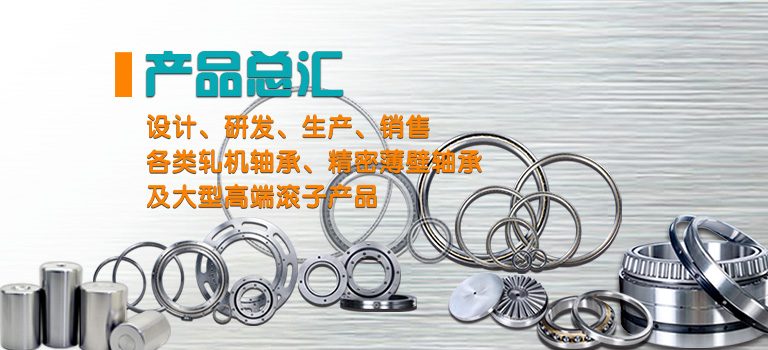
2) Abnormal wear of the mating surfaces of the inner and outer rings of thin-walled bearings with equal cross-sections: The wear is not significant under normal use conditions, but due to the intrusion of mud or hard particles into the bearing or insufficient lubrication or deterioration of the lubricating oil, rapid wear is likely to occur, the clearance of the rolling surface becomes larger, and the normal operation of the bearing and related components is damaged.
3) The balls (pillars) of the thin-walled bearings with equal cross-sections are cracked, scratched, and the gaskets are loose and scattered, making them impossible to assemble and adjust. In particular, when the shaft ring is installed on the shaft, if the installation method is inappropriate, they will rub and wear against each other during operation, causing the rolling elements to loosen and fall off, thereby flattening the bearing. If the tapered bearing is installed too tightly, it will usually be damaged on the rolling surface of the larger diameter part. If it is too loose, the gap in the thin-walled bearing with equal cross-section will be too large, and the rolling surface of the small diameter part will be damaged.
4) Thin-walled bearings of equal cross-section burn out, discolor and rust: The bearings generate heat during operation and are annealed at high temperatures, causing their surface to change color. Insufficient lubricating oil is added, and the lubricating oil is deteriorated due to water ingress, which leads to oxidation and rust on the bearing surface.
5) Since the rolling surface is under the action of alternating stress for a long time, the metal often peels off due to fatigue. Although tiny metal particles begin to peel off on a small area of the surface, the peeled hard oxide particles will promote surface wear like abrasives. When the rolling surface of a thin-walled bearing with uniform cross-section is subjected to uneven force, the part with greater force is prone to peeling.
We will not introduce the problem of damage of equal-section thin-walled bearings today. If you need equal-section thin-walled bearings, please contact our company. I wish you all a good mood every day!

